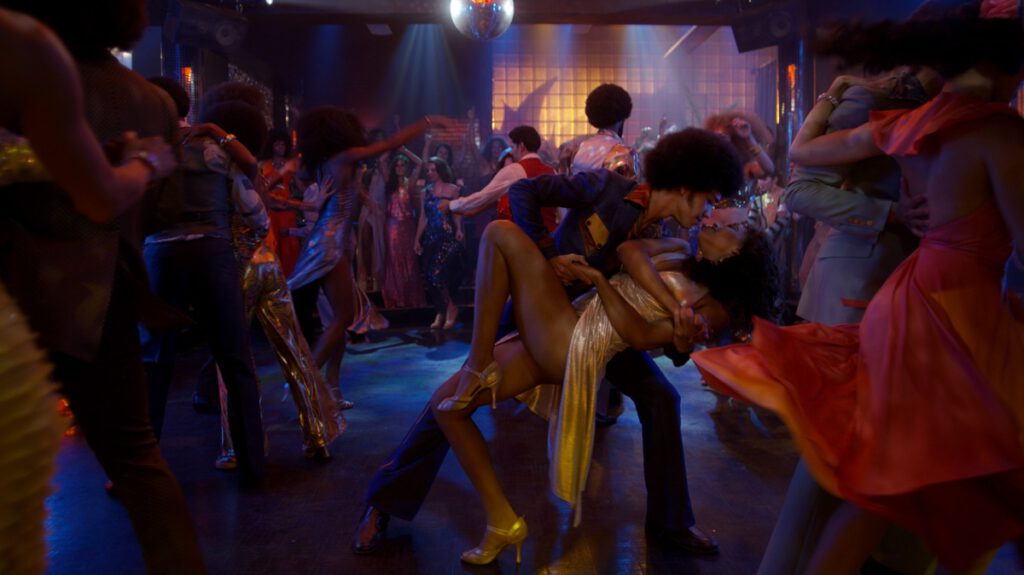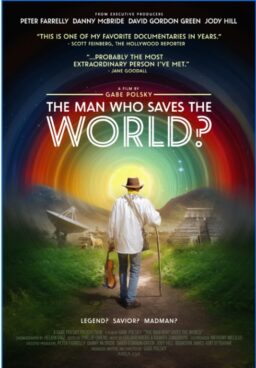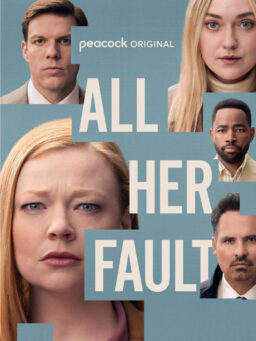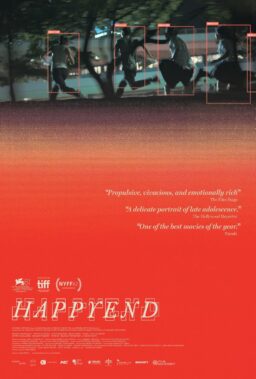Baz Luhrmann’s “The Get Down,” debuting this Friday on
Netflix, is one of the most in-your-face, larger-than-life television
productions in history. Lest you think it might distill its auteur’s
over-the-top tendencies to value spectacle over substance (and, don’t get me
wrong, that’s often the right take—I like most of his films, for the record),
“The Get Down” actually feels like pure Luhrmann. It has echoes of “Moulin
Rouge!” and his takes on “The Great Gatsby” and “Romeo + Juliet.” It is
unabashedly romantic, sentimental and crazy. At times, it is too
much of a good thing, approaching total chaos in its non-stop flurry of
activity. And yet it is one of the most consistently ambitious things that has
ever aired on television, unafraid of the transformative power of love and art.
For Luhrmann, these two elements are everything: the world spins because of who
we love and how we express that love. And this worldview is captured
beautifully in “The Get Down,” even if you might need a nap when you’re done
watching.
The fascinating Justice Smith plays Ezekiel “Books” Figuero,
an above-average kid in the Bronx in 1977. In the 90-minute pilot, Luhrmann and
his co-creator Stephen Adly Guirgis surround Ezekiel with an enormous extended
cast, capturing the vibrant personalities of New York City in the 1970s. As in “Moulin
Rouge!” the poet here needs a muse, and Ezekiel is madly in love with his classmate Mylene Cruz (Herizen Guardiola),
the girl with the perfect voice, stifled by a religious upbringing personified by
her pastor father (Giancarlo Esposito). Mylene wants to break out; Ezekiel
wants Mylene. In the premiere, he agrees to help her sneak into the hottest club
in town—Les Inferno—so she can meet DJ Malibu and break into the disco scene.
Much of “The Get Down” is interested in chronicling the popularity of disco
(the premiere features two extended
dance-off scenes) and how that fed into the emergence of hip-hop.

As Mylene fends off Zeke’s poetic declarations of love and
fights for her own place in a crowded world, Zeke and his buddies (including
Jaden Smith as a philosophical graffiti writer) share stories of a mysterious
figure in the Bronx known as Shaolin Fantastic (Shameik Moore of “Dope”). He’s
a mythical child of the streets. Kids tell stories of his kung fu abilities and
his red sneakers bounding from burned-out building to building. As a local
political leader named Papa Fuerte (Jimmy Smits) works to revitalize his
neighborhood, Shaolin Fantastic becomes sort of its Robin Hood, a mythical
leader for the young people, and the man who will introduce Zeke to the one and
only Grandmaster Flash (Mamoudou Athie).
Of course, as one should expect from Luhrmann, “The Get Down”
exists in a magical, romantic, Shakespearian world in which people regularly
rhyme their dialogue like poets and artists do battle with gangsters. It is
gloriously overwhelming at times, completely unafraid to be strange and beautiful. It can also be exhausting, frustrating and
bordering on incoherent. “The Get Down” is so hyperactive that scenes cut before they feel
like they’re done, almost like a record skipping—a problem that goes away in
subsequent episodes not directed by Luhrmann. One almost gets the impression
that Luhrmann wishes he had three hours for the premiere. But his unapologetic
romanticism remains. There’s nothing else really like it on TV, and it
completely fulfills my hope for Netflix expressed three years ago, when I wrote: “Give a creative voice absolute, total
freedom. Go to people like Louis C.K., David Lynch, or, and this is essential,
more people like Jenji Kohan, who are willing to write strong, female, minority
characters, and say, ‘You can have ten streaming hours. Do whatever you
want.’”
Ultimately, “The Get Down” is about making a mark. Some kids
spray paint trains. Some kids dance. Some kids sing. Some kids rap. Whatever it
is, make your mark in an increasingly dangerous world. On that note, “The Get
Down” falters most greatly in its lack of stakes. Archival footage is often
used to remind us that the Bronx in 1977 was a pretty dangerous place and there
are shoot-outs that result in a loss of life, but one never feels any actual
sense of danger for our protagonists. The show would be stronger with a greater
sense that these kids need to use their creative passion, and the new paths of
DJ culture and rap, to not just creatively thrive but to survive. But the
danger in Lurhmann’s world feels forced, a backdrop in which the creators of
this show are only minorly interested, because their vision of
music/dance/poetry is beyond the real world. It is not about what we learn of
poetry in a classroom, but what inspired the poets for centuries to write in
the first place.












